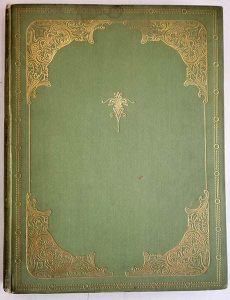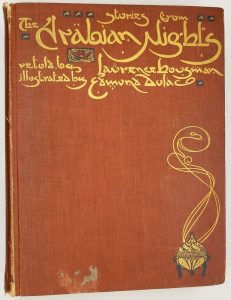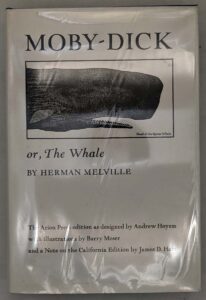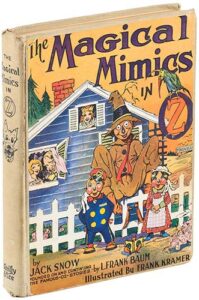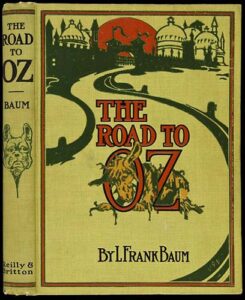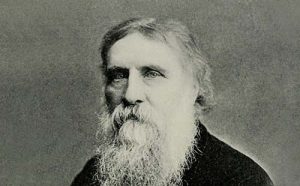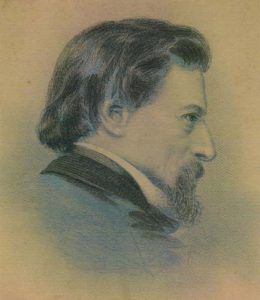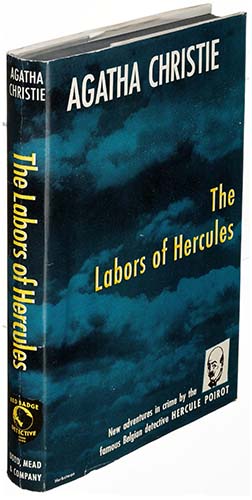
The Labours of Hercules is a short story collection written by Agatha Christie and first published in the US by Dodd, Mead and Company in 1947 and in the UK by Collins Crime Club in September of the same year. The US edition retailed at $2.50 and the UK edition at eight shillings and sixpence (8/6, 42½p).
It features the Belgian detective Hercule Poirot and gives an account of twelve cases with which he intends to close his career as a private detective. His regular associates (his secretary, Miss Felicity Lemon, and valet, George/Georges) make cameo appearances, as does Chief Inspector Japp. The stories were all first published in periodicals between 1939 and 1947.
In the foreword, Poirot declares that he will carefully choose the cases to conform to the mythological sequence of the Twelve Labours of Hercules. In some cases (such as “The Nemean Lion”), the connection is a highly tenuous one, while in others the choice of case is more or less forced upon Poirot by circumstances. By the end, “The Capture of Cerberus” has events that correspond with the twelfth labour with almost self-satirical convenience.
Plot Summary
[SPOILER ALERT]
Hercule Poirot is enjoying a social visit by Dr. Burton, a fellow of All Souls, who recites sonorously some lines from Homer’s Iliad (XXIII, 316 f) and turns the conversation round to the subject of Poirot’s unusual Christian name and how some of the pagan names parents give to their children do not suit their recipients. He thinks about Poirot’s and Sherlock Holmes’s mothers sitting together and discussing names for their children. Poirot claims ignorance of the legend of Hercules. The talk turns to Poirot’s intention to retire after completing a few cases of interest and personal appeal and Burton laughingly refers to the twelve labours of Hercules. This comment gives Poirot pause for thought and after his visitor has gone, Poirot gets acquainted with the exploits of his legendary namesake, deciding his final cases will mimic Hercules’ Twelve Labours.
Publication history
- 1947: Dodd Mead and Company (New York), 1947, Hardback, 265 pp
- 1947: Collins Crime Club (London), September 1947, Hardback, 256 pp
- 1951: Dell Books, Paperback, 255 pp
- 1953: Penguin Books, Paperback, (Penguin number 928), 254 pp
- 1961: Fontana Books (Imprint of HarperCollins), Paperback, 256 pp
First publication of stories
The cover of issue 587 of the Strand Magazine (November 1939) which featured the first UK publication of The Nemean Lion
All of the stories except for “The Capture of Cerberus” were first published in the UK in the Strand Magazine with illustrations by Ernest Ratcliff as follows:
- “The Nemean Lion”: November 1939 – issue 587
- “The Lernaean Hydra”: December 1939 – issue 588
- “The Arcadian Deer”: January 1940 – issue 589
- “The Erymanthian Boar”: February 1940 – issue 590
- “The Augean Stables”: March 1940 – issue 591
- “The Stymphalean Birds”: April 1940 – issue 592
- “The Cretan Bull”: May 1940 – issue 593
- “The Horses of Diomedes”: June 1940 – issue 594
- “The Girdle of Hippolyta”: July 1940 – issue 595
- “The Flock of Geryon”: August 1940 – issue 596
- “The Apples of the Hesperides”: September 1940 – 597
“The Capture of Cerberus” was rejected by Strand Magazine and was not published as part of the series. A new story under the same title first appeared in the Collins first edition. The original story surfaced in 2009 in Agatha Christie’s Secret Notebooks by John Curran. In the US, nine of the stories were first published in the weekly newspaper supplement This Week magazine in two series of four stories each, plus one later publication as follows:
- “The Lernaean Hydra”: 3 September 1939 under the title Invisible Enemy
- “The Girdle of Hippolyta”: 10 September 1939 under the title The Disappearance of Winnie King
- “The Stymphalean Birds”: 17 September 1939 under the title The Vulture Women with an illustration by C.C. Beall
- “The Cretan Bull”: 24 September 1939 under the title Midnight Madness
- “The Erymanthian Boar”: 5 May 1940 under the title Murder Mountain
- “The Apples of the Hesperides”: 12 May 1940 under the title The Poison Cup
- “The Arcadian Deer”: 19 May 1940 under the title Vanishing Lady with an illustration by C.C. Beall
- “The Flock of Geryon”: 26 May 1940 under the title Weird Monster
- “The Capture of Cerberus”: 16 March 1947 under the title Meet Me in Hell
In addition, two other stories were first published in the US unillustrated in Ellery Queen’s Mystery Magazine as follows:
- “The Nemean Lion”: September 1944 (volume 5, number 18) under the title “The Case of the Kidnapped Pekinese”
- “The Horses of Diomedes”: January 1945 (volume 6, number 20) under the title “The Case of the Drug Peddler”
The Labours of Hercules – First Edition Book Identification Guide
The books are listed in the order of publication. While the majority of Agatha Christie’s books were first published in the UK. There are many titles that were first published in the US. The title of the book may differs from the UK edition in some cases.
| Year | Title | Publisher | First edition/printing identification points |
|---|---|---|---|
| 1947 | The Labours of Hercules | Dodd, Mead & Co, NY, 1947 | First edition. Date on the title & copyright page matches. No statement of later printings. Blue cloth lettered in black. Price $2.50. |
| 1947 | The Labours of Hercules | William Collins & Sons, London, [1947] | First English edition. "1945" on single line stated on the copyright page. No statement of later printings. Red or orange cloth lettered in black. Price 8/6. |
Note about Book Club Editions (BCE) and reprints:
UK: You can see statements of later reprint dates or of book club on the copyright page.
US: The US reprint publishers usually use the same sheets as the first edition and are harder to identify by looking at the title page or the copyright page. One may identify a BCE by looking at the DJ, which doesn’t have a price on top of the front flap and a “Book Club Edition” imprint at the bottom. If the dust jacked is clipped at both the top/bottom of the front flap. You can safely assume it’s a BCE . If the book is missing the dust jacket. Later BCE editions can be identified by its plain boards, while first printings are issued in quarter cloth.
Please refer to the gallery for detailed images of true first edition bindings and dust jackets.
The Labours of Hercules – First Edition Dust Jacket Identification Guide
First edition bindings and various dust jacket printings identification.
